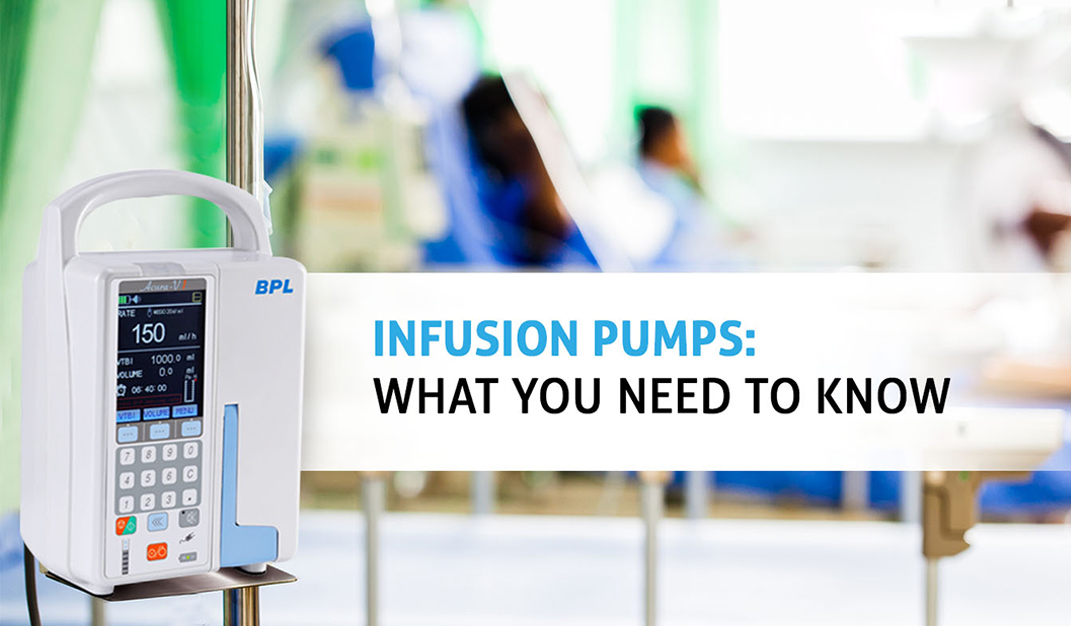Ask the Experts: The infusion pump talks to what? New challenges with IoT and connected medical devices
In the past, drug catalogs were uploaded to the infusion pump via a local server. If a nurse accidentally punched in the wrong dosage, the pump would search the catalog and upon seeing that the dosage entered was not in the spectrum, it would send an alert. Fast forward to today and the next generation of infusion pumps have interfaces into the EMR. Being connected to the patient’s electronic medical record has its advantages. When a doctor puts a prescription into a medical record, the EMR talks directly to the infusion pump to dispense the correct dosage of medicine to a patient. There is no room for human error due to programming the pump or reading the prescription. And the connections don’t stop there. Bar code scanners also come into play, which allows the clinical staff to scan the wristband of a patient and the infusion pump to associate with the patient and then the prescription is downloaded from the EMR to the infusion pump. The infusion pump is just one example of a connected medical device. ABI Research calculates that there will be 154 million connections for healthcare equipment and home and patient monitoring by 2021, up from 70 million by the end of 2016. Everything is becoming connected, and as you saw in our example, in many ways networked devices are improving the manner in which medicine is tracked, developed, sourced and distributed. In addition, medical technology can offset increasing costs, decrease medical errors, improve patient outcomes, improve access to care and deliver specialized knowledge to the bedside.


